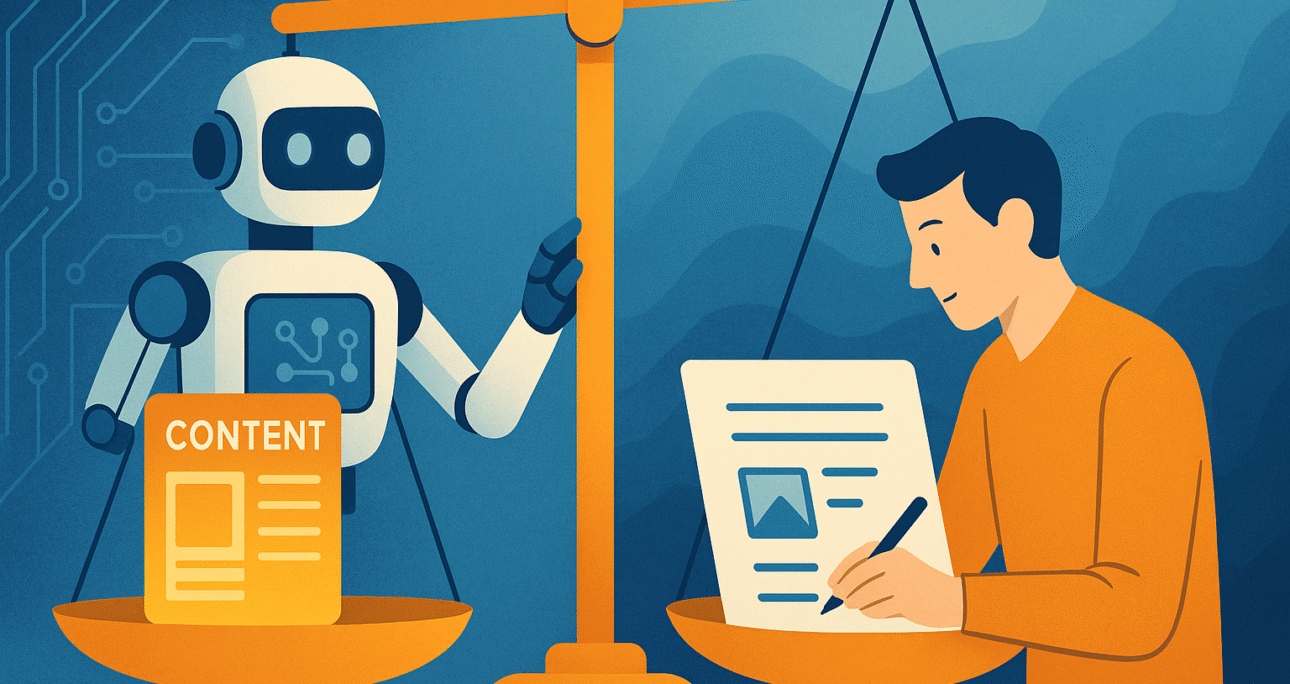AI-Generated Content: Balancing Automation With Authenticity
How AI content creation is reshaping studio workflows
AI content creation has rapidly evolved into a central tool for creative studios seeking faster production cycles and scalable asset generation. Teams can now prototype ideas, draft messaging and explore visual concepts with unprecedented speed. This shift has allowed studios to redirect more energy toward strategic and conceptual work instead of repetitive tasks. At the same time, this acceleration introduces new responsibilities. The rush to automate can create content that feels predictable or disconnected from the brand’s emotional tone. For agencies focused on originality, this tension becomes a defining factor in their creative identity.
Why authenticity remains essential in automated processes
Although automation supports efficiency, authenticity is still the driving force behind memorable communication. Audiences respond to personality, emotion and narrative clarity—elements that require human sensitivity. Automated output often captures structure but misses nuance. When brands lose their distinct tone, their messaging risks blending with countless AI-generated pieces already saturating the digital environment. Maintaining authenticity therefore means using AI to amplify human creativity, not to replace it. By shaping the system with clear voice guidelines and thoughtful editorial judgment, studios can retain the expressive depth that defines their work.
The risks of over-automation in creative content
Relying too heavily on automation can introduce pitfalls that weaken brand perception. AI-generated content tends to converge because models build on existing patterns, causing many outputs to resemble one another. Without oversight, the final result may sound generic or overly polished, lacking the imperfections that make communication feel human. The absence of lived experience, cultural awareness or emotional perspective also limits the creative range of AI drafts. For studios that depend on originality, these limitations highlight the importance of human refinement, contextualisation and storytelling.
Building a balanced human-AI creative workflow
Achieving a healthy balance between automation and authenticity begins with defining a clear brand voice. When teams outline tone, rhythm and personality, AI tools can operate within boundaries that reflect the brand’s identity. Another key step is reframing AI as a collaborator rather than an author. AI can accelerate research, generate initial drafts or support ideation, while humans shape the narrative and maintain emotional coherence. Continuous human review ensures that every piece aligns with strategic goals, audience expectations and creative integrity. This hybrid approach transforms AI into a strength rather than a risk, supporting teams as they scale output without sacrificing authenticity.
Source: Husam Jandal





